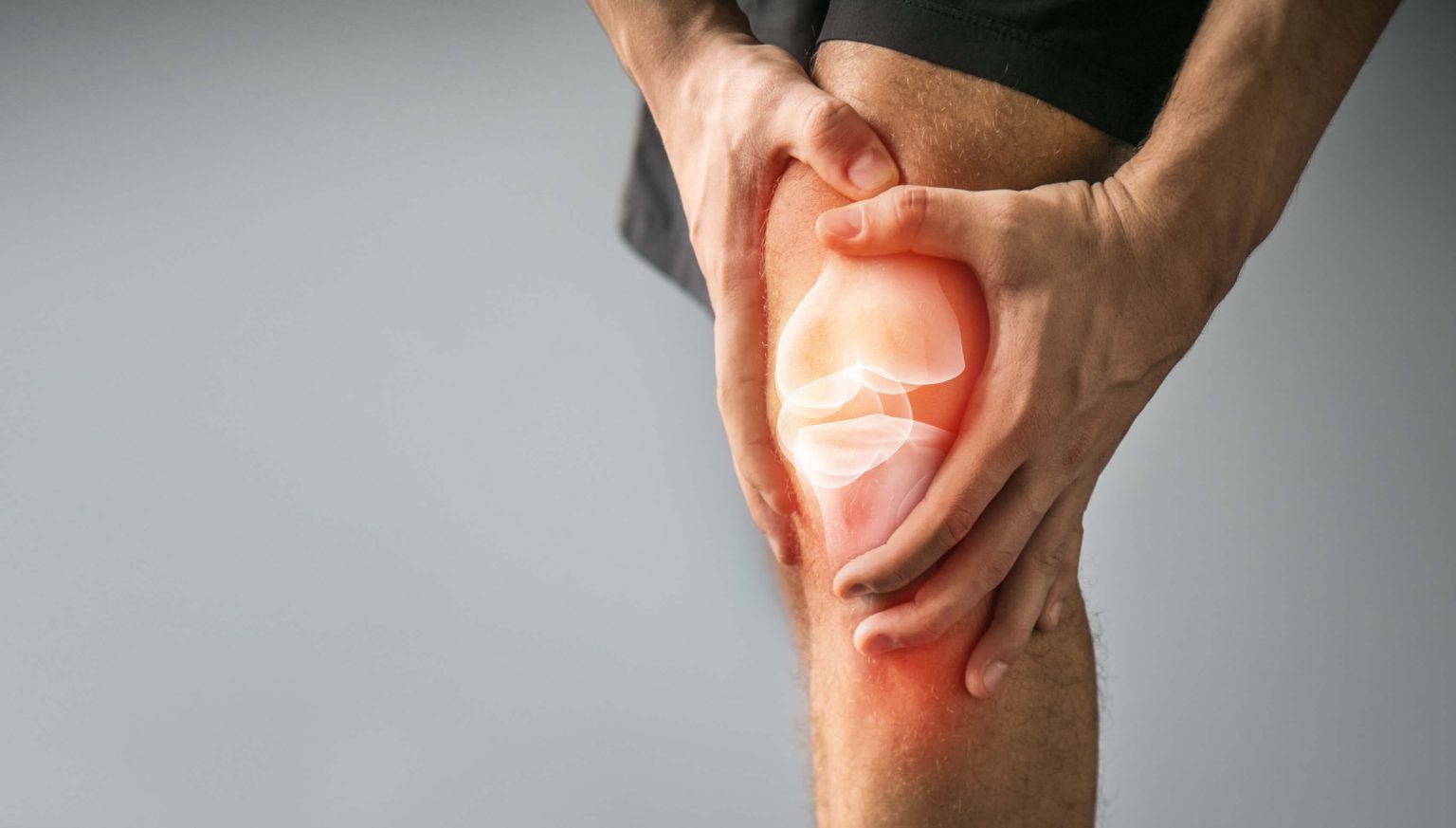SCHEDULE AN APPOINTMENT WITH US
Are Your Symptoms Affecting Your Quality Of Life?
Consult our MOH-accredited orthopaedic specialist for a detailed consultation & personalised treatment plan today.

An anterior cruciate ligament (ACL) injury is a tear or sprain of the ACL, one of the key ligaments in the knee. This type of injury commonly occurs during activities that involve sudden stops, changes in direction, jumping, and landing. Sports like soccer, basketball, football, and downhill skiing are particularly associated with ACL injuries.
When an ACL is torn, individuals often report hearing or feeling a “pop” in the knee. This is typically followed by swelling, instability, and pain, making it difficult to bear weight on the affected knee. The severity of an ACL injury can vary, and treatment options range from rest and rehabilitation exercises to surgical intervention.
An ACL injury can manifest through symptoms such as:
ACL injuries are often the result of certain activities and physical dynamics. The primary causes and risk factors include:
Diagnosing an ACL injury involves a combination of clinical evaluation and imaging tests.
SCHEDULE AN APPOINTMENT WITH US
Consult our MOH-accredited orthopaedic specialist for a detailed consultation & personalised treatment plan today.
Various non-surgical treatment options can be considered for an ACL injury, especially in cases where surgery is not immediately necessary or if the individual is not actively participating in sports that stress the knee.
In cases where non-surgical treatments are insufficient or if the individual wishes to return to high-level athletic activities, surgical intervention may be necessary.
As many ACL injuries cannot be stitched back together, surgery involves reconstructing the torn ligament. The damaged ACL is replaced with a graft, which acts as a scaffold for a new ligament to grow on. This graft can be obtained from several sources, such as the patellar tendon, hamstring tendon, or quadriceps tendon. In some cases, a graft from a cadaver (allograft) might be used.
Preventing ACL injuries involves a combination of exercises, proper techniques, and lifestyle adjustments.
Monday – Friday: 9.00am – 6.00 pm
Saturday: 9.00am – 1.00pm
Sunday & PH: CLOSED
Monday – Friday: 9.00am – 6.00 pm
Saturday: 9.00am – 1.00pm
Sunday & PH: CLOSED
Get Started
After ACL surgery, the timeline for walking depends on individual recovery. Typically, patients can start putting full weight on the operated leg without crutches 2 to 3 weeks post-surgery. Follow the specific guidance of the ACL injury specialist to ensure safe recovery.
An ACL tear usually does not heal well independently due to poor blood supply, especially in complete tears. While partial tears might allow for some level of activity with minimal instability, it is best to consult with our ACL injury specialist for an accurate assessment and appropriate treatment plan.
Ignoring an ACL tear can lead to chronic knee instability, increased risk of further knee damage, and potential long-term issues like osteoarthritis. Seeking prompt evaluation and treatment from our ACL injury specialist can help lead to proper healing.
High-impact activities and exercises that put a strain on the knee should be avoided. This includes jumping, pivoting, or heavy lifting.
The fastest recovery from an ACL injury involves adhering to a tailored treatment plan, which may include surgery, physiotherapy, and specific exercises. Recovery speed varies, but following a regular rehabilitation routine, guided by our ACL injury specialist, can aid the healing process.